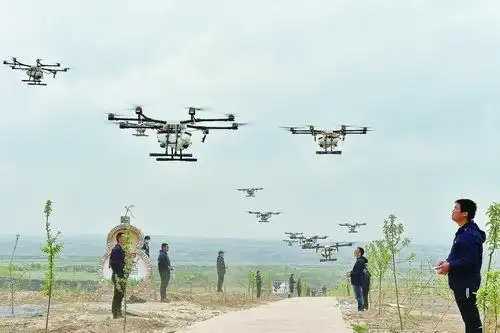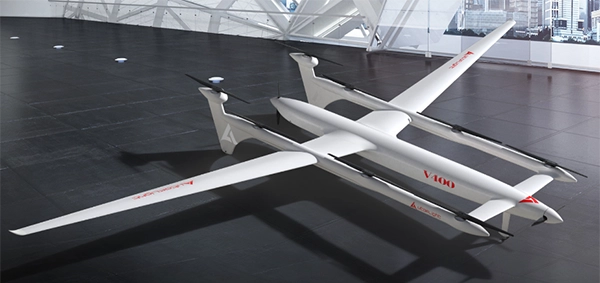The North Korean version of the "Global Hawk" drone has been unveiled for the first time, shocking but also worth seeing
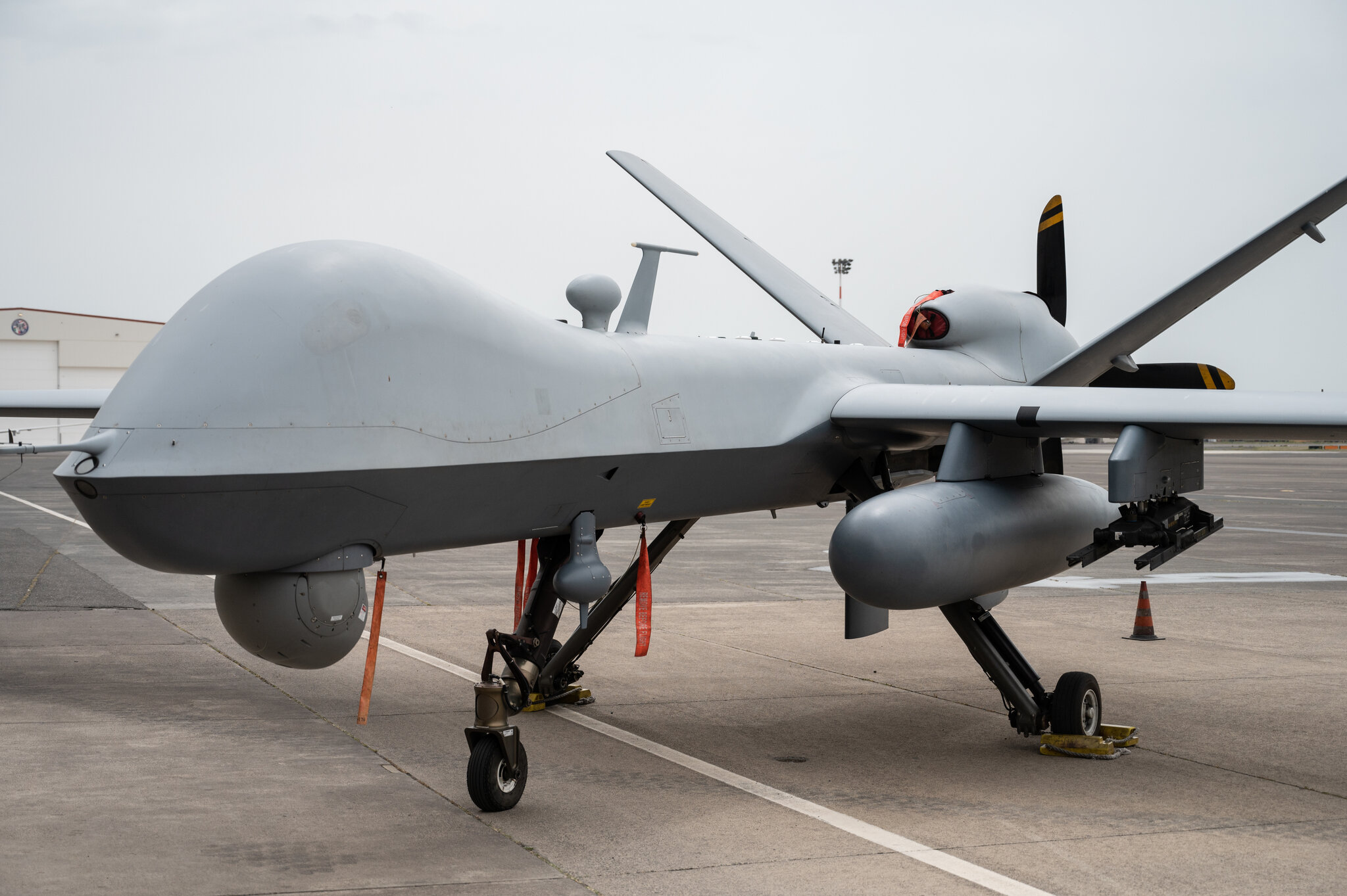
The sudden release of the North Korean version of the "Global Hawk" reconnaissance aircraft and the "Reaper" integrated unmanned aerial vehicle shocked the outside world.
On July 27th, North Korea held a grand military parade to celebrate the 70th anniversary of the victory of the Korean War of Liberation. Various weapons such as tanks, rocket launchers, and missiles were exhibited at the parade, among which the two newly developed unmanned aerial vehicles, which were first unveiled to the public, became the biggest highlight. Due to their striking resemblance in appearance to the American "Global Hawk" and "Reaper" drones, these two drones are commonly referred to as the North Korean versions of the "Global Hawk" and "Reaper".
North Korea's first public "Nova" -4 unmanned aerial vehicle.
By comparing the US "Global Hawk" drone, we can understand why the public refers to the "New Star" -4 as the North Korean version of the "Global Hawk". The level of unmanned aerial vehicles in North Korea has improved significantly. Prior to the official announcement of these two drones, it was known through satellite imagery in June that two mysterious drones had appeared at North Korean airports. One drone had a wingspan of nearly 35 meters and the other had a wingspan of nearly 20 meters. The general view was that North Korea was developing a new type of drone, but the public still held a skeptical attitude towards whether these two large drones could fly. They believed that although North Korea could develop various types of missiles, due to its backward aviation technology, especially the difficulty in solving problems with engines, microelectronics technology, and other aspects, it was a common tactic of North Korea's "strategic deception". The above-mentioned aircraft may only be full-scale models and could not fly into the sky. The sentence is:.
However, the "face slapping moment" soon arrived, as North Korea not only displayed these two drones on the ground, but also conducted aerial displays during the parade, flying over the parade site, which is rare in other countries' parades. Even if it is displayed, for safety reasons, it is only displayed on vehicles. North Korea's flight display during military parades is also a way to show its confidence in the reliability of domestically produced new unmanned aerial vehicles to the outside world, and the best way to "face off" Western public skepticism.
When it comes to North Korean drones, some readers may think of the "North Korean model class drones" that entered South Korea. The latest incident of "entering" South Korea occurred in December last year. According to the information released by the South Korean military at the time, on December 26 last year, the South Korean military captured multiple suspected North Korean drone tracks in the Gyeonggi Province area from 10:25 am that day. The South Korean military has identified a total of 5 drones. The first one captured entered the neutral waters of the Han River between Gimpo and Poju, and then flew directly to the northern region of Seoul, even breaking into the no fly zone of the presidential palace. Finally, it left Seoul and returned to North Korea. The remaining four aircraft flew in from the west side of Jianghua Island and conducted activities in the Jianghua Island area.
In order to shoot down these drones, the South Korean military mobilized a large number of aircraft, including F-15K fighter jets, Apache and Cobra armed helicopters, KA-1 light attack aircraft, and prepared ground air defense firepower. But the result was that one of our K-1A light attack aircraft crashed, and the "North Korean drone" withdrew unscathed, which made the South Korean military "ashamed". South Korean President Yoon Suk yeol angrily criticized the military's inadequate response, pointing out that the military's training was inadequate, which was equivalent to being inactive in peacetime, and similar situations had occurred many times in the past. He asked sharply, 'What did the military do during this period?'
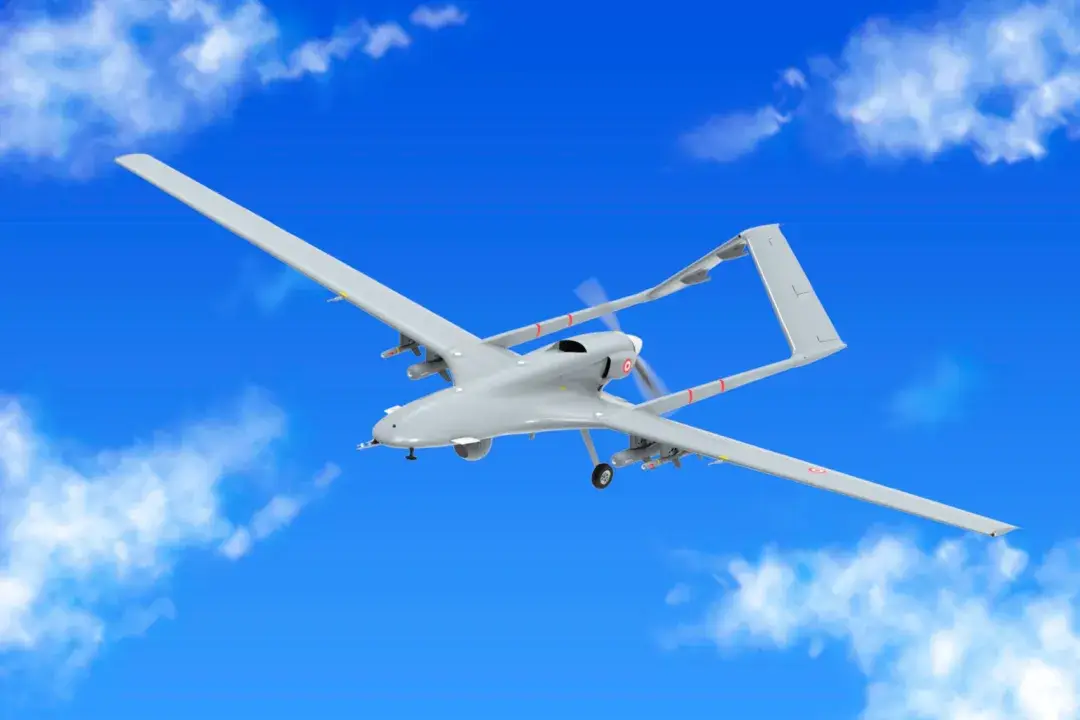
The "North Korean drone" previously displayed by South Korea that crashed within its borders belongs to a single soldier handheld throwing and launching micro drone. The next day, in the afternoon of that day, the South Korean military discovered "suspected to be the trajectory of a North Korean drone" in Incheon, and deployed multiple military aircraft for about 3 hours of monitoring. However, it was eventually discovered to be a flock of birds, which was quite suspicious. North Korea has not responded to South Korea's claims, which is similar to the 2017 incident in which South Korea accused North Korea of drone "invasion". That year, the South Korean military discovered multiple drone wreckage in its territory, and South Korea claimed that these drones came from North Korea. After dismantling and researching the crashed drone in 2017, the South Korean military found that the components used to manufacture the drone came from multiple countries, many of which can be purchased online. For example, information storage cards and servo motors are made in Korea; The automatic control motherboard and GPS antenna are made in the United States; The gyroscope sensor, receiver, and camera are consumer grade cameras produced in Japan, and the lens has not been improved, which was the basic configuration at the time of initial purchase; And surprisingly, the GPS motherboard is a Swiss product, clearly an "assembled product" made from civilian components. At that time, the South Korean military and military experts generally believed that the technical level of the drone that crashed in South Korea was at the level of model aircraft.
The above-mentioned drone is a low-cost drone. In fact, North Korea has demonstrated more complex military drones. At the military parade held in 2013 to celebrate the 60th anniversary of the Korean War ceasefire, North Korea's domestically produced new drone made its first public appearance, attracting attention from the outside world. From the appearance, the new type of unmanned aerial vehicle unveiled at the military parade has a very similar aerodynamic layout and size to the American MQM-107 target drone. It is installed on a tilted launch rack with rails, which is integrated into the ZIL-130 truck widely equipped with the North Korean People's Army. The drone is equipped with a booster rocket for takeoff and launch. North Korean official media has reported on this new type of drone, and in the report, the bombs dropped by the drone accurately hit the target, indicating that this drone is an unmanned attack aircraft that can carry bombs. The overall performance level has reached the level of drones in the 1980s.
The suspected North Korean drone discovered in South Korea has not received high praise from the outside world for its drone technology level. Due to the high difficulty of the aviation industry and the fact that North Korea has not launched modern aviation industry products in recent decades, most of its current military aircraft are foreign products. Therefore, it is widely believed that North Korea cannot develop modern large-scale drones. This is also an important reason for the sudden appearance of the North Korean version of the "Global Hawk" and "Reaper" integrated drone, which has greatly shocked the outside world.
North Korea last showcased military drones during its military parade in 2013. The performance speculation of the North Korean version of the Global Hawk is based on photos released by North Korea. The North Korean version of the Global Hawk drone is named the "Nova" -4, while the North Korean version of the "Reaper" reconnaissance and strike integrated drone is named the "Nova" -9. The main reason why the "New Star" -4 is jokingly referred to as the North Korean version of the "Global Hawk" is that the two are too similar in appearance and size. As for why they are so similar, the author remembered a saying circulating on the internet - "crossing the river by feeling the eagle sauce". This sentence is adapted from crossing the river by feeling the stones, roughly meaning to imitate the technology and experience of the United States. Most of the weapons and equipment that the United States has deployed have undergone long-term development, and some have even undergone actual combat, which has great reference value.
Considering that on June 20, 2019, the Iranian military shot down a "Global Hawk" drone near the Strait of Hormuz and publicly displayed the wreckage of the drone that year, and Iran and North Korea have close military relations, whether the two sides have cooperated on the "knockoff" of the "Global Hawk" drone, I believe everyone will have their own answer in their hearts.
The "New Star" -4 adopts the same conventional aerodynamic layout as the American "Global Hawk" unmanned aerial vehicle, with a high aspect ratio and low single wing. The raised circular arch shaped fairing above the nose should be used to accommodate satellite communication antennas. The V-shaped vertical tail, engine intake and engine layout are located above the tail of the aircraft, and the front three-point landing gear is retracted.
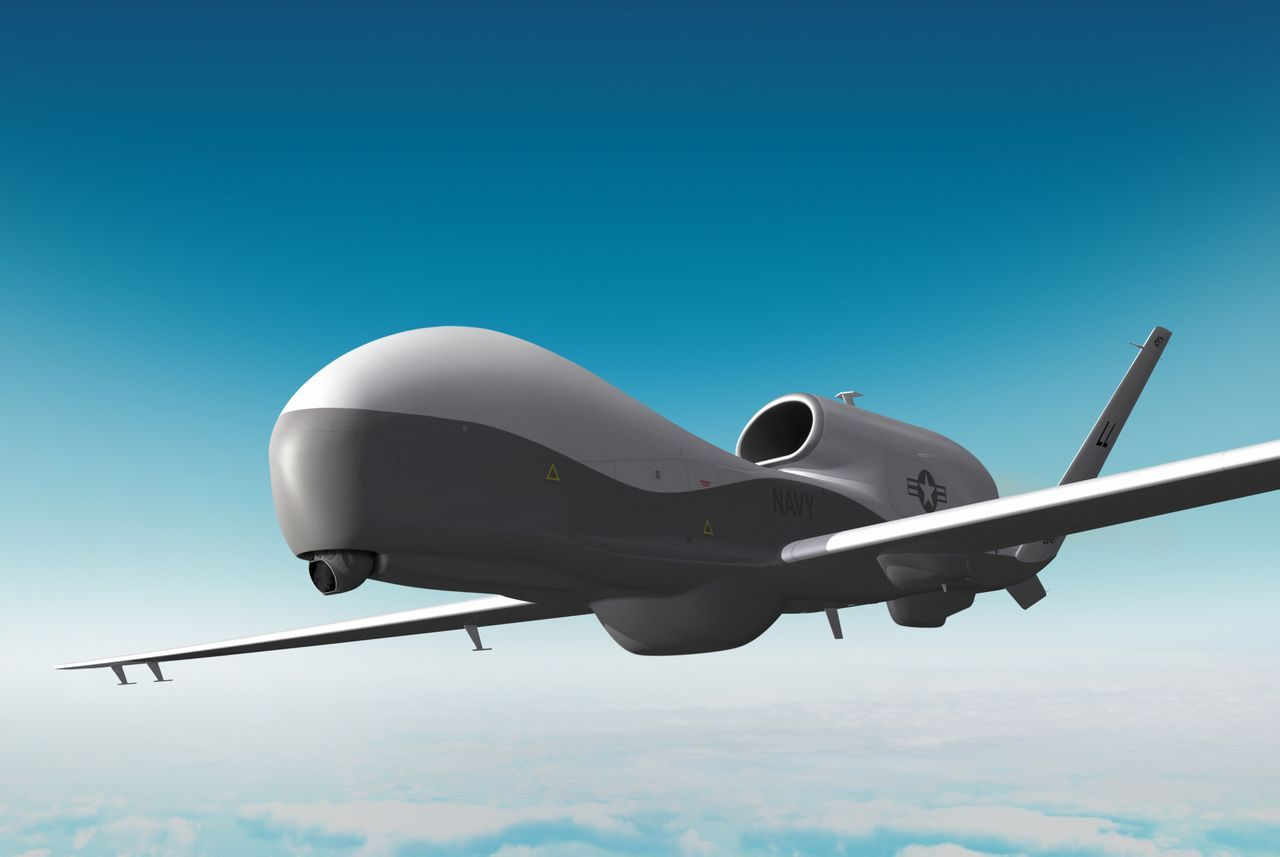
The "New Star" -4 should also be positioned as a strategic unmanned reconnaissance aircraft. The engine is the heart of an airplane, and after the appearance of the "Nova" -4, the outside world is very interested in what kind of power system it uses. The US "Global Hawk" drone uses a Rolls Royce F-137-RR-100 turbofan engine with a thrust of 3.4 tons. The drone carries about 7 tons of fuel, combined with high aspect ratio wings suitable for long endurance flight, with a maximum range of 23000 kilometers, a reconnaissance radius of about 5600 kilometers, and a hovering time of over 36 hours. The reconnaissance area of a single mission reaches 140000 square kilometers, which is nearly 40000 square kilometers larger than the land area of South Korea. North Korea has not disclosed the type of engine used for the "Nova" -4, and the drone's tail smoke is relatively black during flight. Some analyses suggest that the aircraft may have used a turbojet engine instead of a more fuel-efficient turbofan engine. The engine is likely to come from the turbojet engines of North Korean Air Force aircraft such as the J-6 and MiG-21. This analysis is not unfounded. North Korea's reconnaissance radius for the new drone is about 500 kilometers, and the old turbojet engine can also meet the demand. But the author believes that if North Korea obtains some small turbofan engines from government jets through special channels, they can also be used for the "Nova" -4. After all, the aircraft is positioned as a strategic reconnaissance drone, and the equipment quantity should be in the single digits. The requirement for the number of engines is not particularly high. Using small turbofan engines from government jets is also an option, which can greatly improve the drone's hovering time and enhance its reconnaissance and surveillance capabilities.
The "New Star" -4 adopts the same aerodynamic layout as the "Global Hawk" unmanned aerial vehicle, which also means that the positioning of this type of unmanned aerial vehicle is for strategic reconnaissance. However, since North Korea has not disclosed information on the relevant reconnaissance payload, it can only be inferred that the aircraft, like the "Global Hawk", is equipped with electro-optical reconnaissance system and synthetic aperture radar, with all-weather reconnaissance capability. In addition, it may also be equipped with electronic reconnaissance equipment to detect signals emitted by enemy radar, radio communication, etc. The X-band synthetic aperture radar equipped on the Global Hawk drone can capture banner style reconnaissance photos with an accuracy of up to 1 meter. The electro-optical reconnaissance system includes visible light and infrared imaging equipment, which can identify tanks, missile launchers, and aircraft at an altitude of 20000 meters and has real-time monitoring capabilities. Considering North Korea's level of microelectronics technology, reconnaissance equipment may be obtained through special channels, and its reconnaissance capabilities should not be comparable to the Global Hawk.
The "Nova" -4 drone appeared in the photo released by the Korean Central News Agency of Kim Jong un and Shoigu visiting a weapons and equipment exhibition together. What does it mean for North Korea? As a drone positioned for strategic reconnaissance, the biggest significance of the "Nova" -4 for North Korea is that it will significantly enhance its reconnaissance and surveillance capabilities, especially its strategic reconnaissance capabilities. North Korean leader Kim Jong un requested in January 2021 that relevant departments develop unmanned aerial vehicles capable of precise reconnaissance of frontline depths of 500 kilometers by 2025. If the "New Star" -4 is equipped with a side view scanning synthetic aperture radar, the drone can conduct reconnaissance of the military deployments of South Korea and the US military near the 38th parallel when flying near the border between North and South Korea. During wartime, it can conduct reconnaissance at a certain distance depending on the situation, providing target indications for North Korea's precise missile strikes.
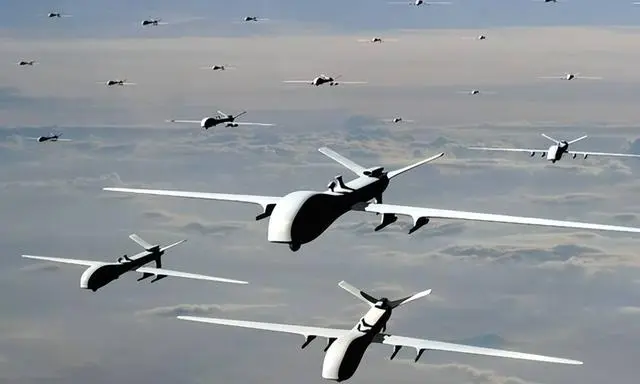
It is worth mentioning that North Korea has publicly released drone flight videos in a high-profile manner, indicating that these drones are currently undergoing flight tests. The "Nova" -9 has conducted missile launch tests, which also suggests that these drones may be close to being delivered to the military or have already been tested as small-scale equipment in the military.
The ultra long hovering time of the "Global Hawk" drone has earned it the title of "stratospheric reconnaissance satellite", and the "New Star" -4 should also play this role in North Korea's reconnaissance system, especially in the context of North Korea's recent failed launch of reconnaissance satellites, demonstrating that the drone also transmits another layer of signals. Although North Korea's reconnaissance satellite launch failed, it still has alternatives in hand, and North Korea will continue to launch reconnaissance satellites. In the future, North Korea's reconnaissance system will be aligned with major powers - it has both reconnaissance satellites and long-range strategic reconnaissance drones, complementing each other's advantages.
The public release of the "New Star" -4 drone also has political significance. Long endurance reconnaissance aircraft similar to the "Global Hawk" are generally considered strategic weapons and equipment that can only be developed by major powers. Countries like South Korea and Germany can only purchase such drones from the United States (South Korea has purchased 4 "Global Hawk" drones from the United States). This time, North Korea's display of the "New Star" -4 drone sends a signal to both the outside world and the country that North Korea can develop strategic drones that are only available to major powers. This not only enhances national pride, but also earns a point in international public opinion. When North Korea showcased modern drones such as the "New Star" -4 and "New Star" -9 at a military parade, South Korean media exclaimed, "These drones are from the United States. When it comes to 'where did it come from', the effect has already been achieved, and there is also 'face slapping' Western public opinion tends to suspect that North Korea's display of advanced weapons is a phenomenon of strategic deception.


